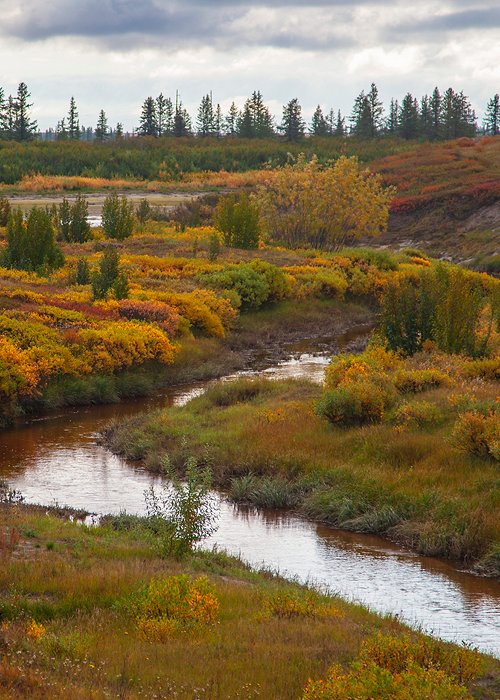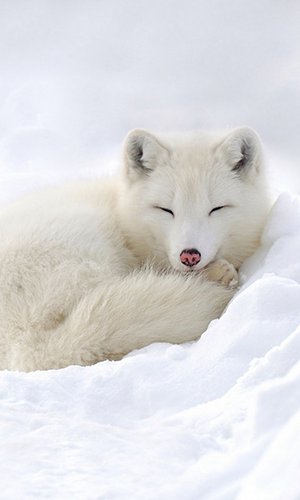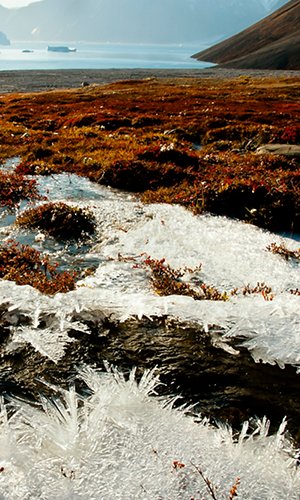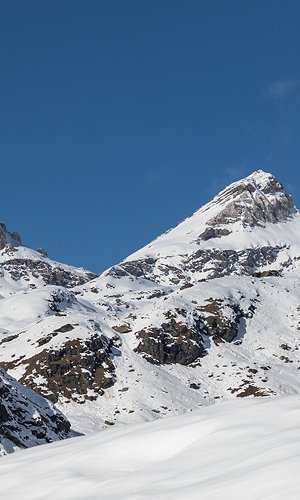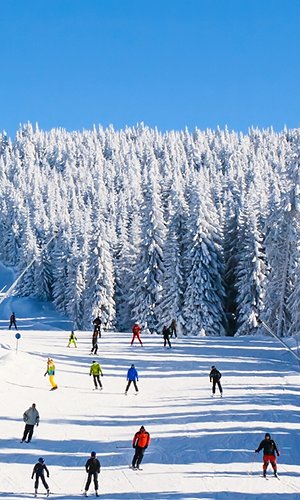The limit for arboreal vegetation, the trees are bare on the side that the wind blows. The flowering plants remain short, grass and moss and lichens survive better near the ground. This is the landscape of the Arctic zone in America, in Europe and Asia, where the climate is dry and cold. In the Arctic tundra the ground is frozen all year round and can extend deeply for hundreds of metres. Reindeer, hares, Arctic foxes, ermines and numerous migrating species can be seen in the Arctic tundra.

